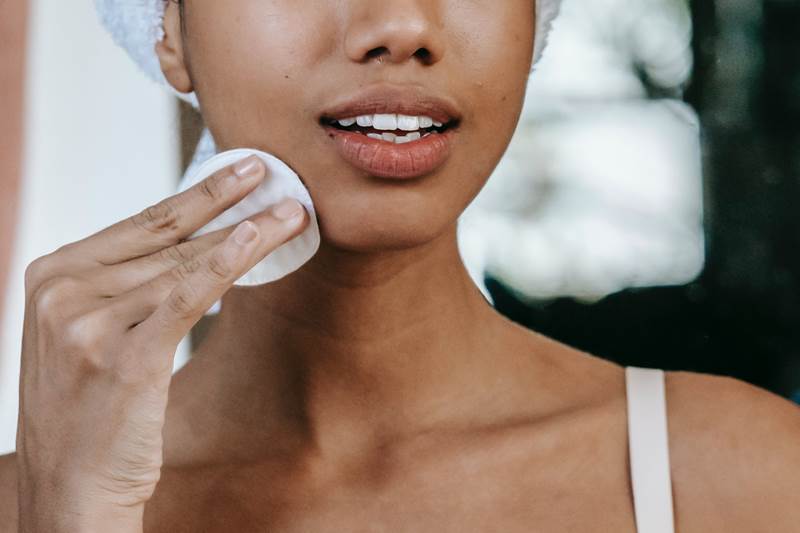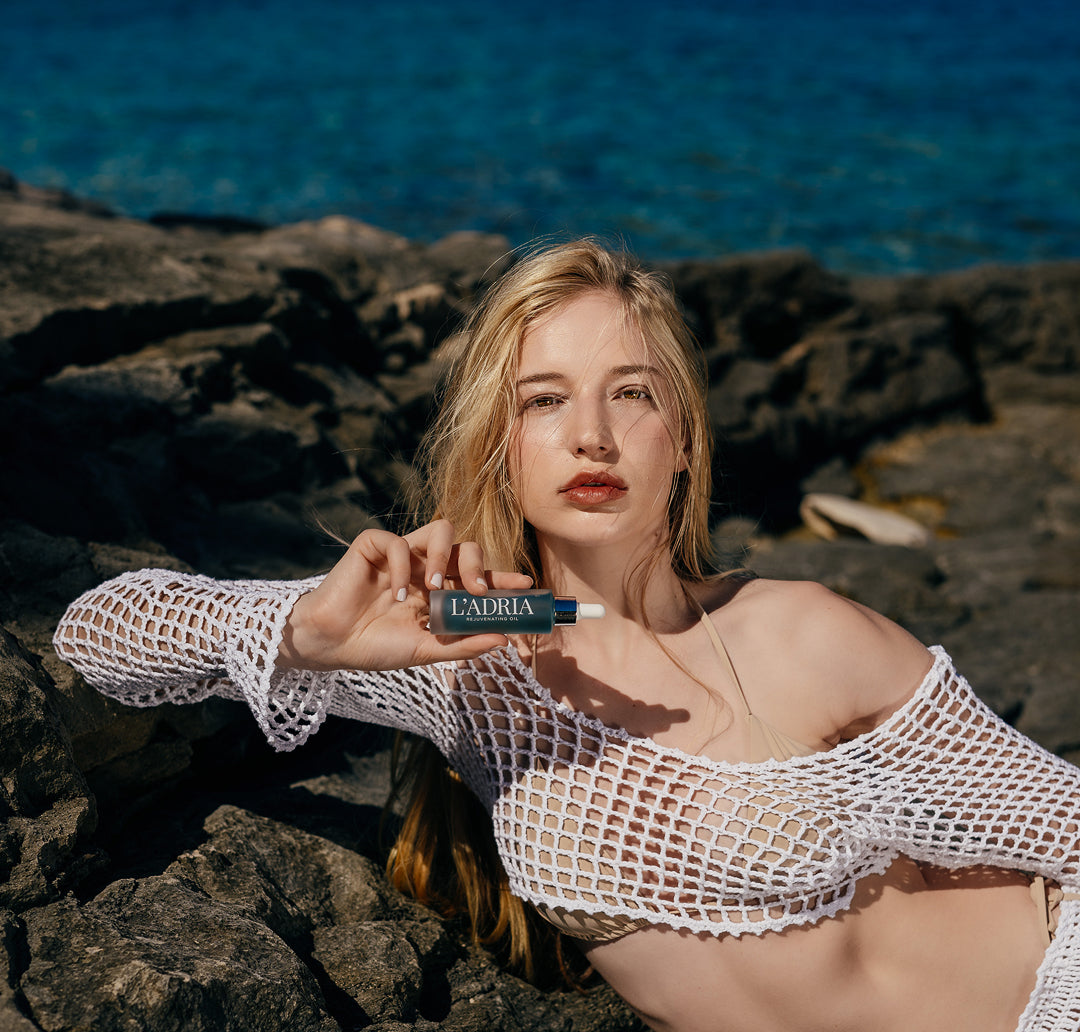Why must your routine contain NIACINAMIDE?
10/05/2023

Although it has been in use for many years, recent research has further confirmed the exceptionality of this ingredient and shown that niacinamide provides a variety of effects at different concentrations. It is mainly used in a proportion of 2 to 5% because even at such low doses it shows excellent results, even with reactive skin.
WHAT IS NIACINAMIDE?
Niacinamide or nicotinamide is a derivative of vitamin B3, which is soluble in water. This active ingredient with a colorful array of effects is well tolerated by all skin types. It works great in combination with many other active ingredients and is one of the few active ingredients that does not cause irritation. On the contrary, niacinamide is extremely helpful in reducing redness and irritation thanks to its anti-inflammatory effect.
HOW DOES NIACINAMIDE WORK?
Niacinamide is extremely useful for all skin types, thanks to its multiple and yet mild effects. It stimulates the formation of ceramides, skin lipids that are essential for a healthy skin barrier, thus soothing irritated skin, and helps to alleviate inflammation and hyperpigmentation spots, which makes it an ideal ally in the care of reactive skin. Niacinamide is one of the few ingredients that provides excellent and visible results for all skin types.
WHO IS NIACINAMIDE FOR?
Helps dry skin
Niacinamide stimulates the formation of ceramides, important lipids for retaining moisture in the skin. Dry skin often has a damaged skin barrier, which is why it fails to create enough lipids, i.e. skin fat, the role of which is to retain moisture in the skin and prevent it from "evaporating" from it (1). Since niacinamide stimulates the creation of precisely those much-needed ceramides , thus helping the skin barrier to renew itself and retain moisture better, which is more than necessary for dry skin.
Helps oily skin
Niacinamide reduces the secretion of sebum (2) by reducing the activity of enzymes important for its creation (3), which results in visibly less oily skin. Most of the research was conducted with a dose of 5%, but according to some trials (4), indications of the effect were already visible even with the application of only 2% niacinamide.
Helps skin prone to comedones
Niacinamide is also anti-inflammatory (3,4), helping to prevent inflammation that precedes the formation of comedones. Also, since it reduces the secretion of sebum, niacinamide also prevents the creation of conditions that can lead to clogging of pores (2,3,4), therefore it is an essential ingredient for the care of reactive skin. With the additional effect of renewing the skin barrier, it promotes faster recovery of the skin after the comedone has already formed.
Reduces hyperpigmentation
Niacinamide inhibits the entry of melanin into skin cells at a proportion of 5% and an application time of at least 8 weeks (5). With this great mechanism, it also helps in the fight against hyperpigmentation spots, which are a frequent consequence of inflammation and comedones.
Helps mature skin
Niacinamide increases skin elasticity and reduces the visibility of shallow wrinkles. At a dose of 5%, it improves skin tone in 8 weeks (6). Although there is no indication of effectiveness in deep wrinkles and larger textural skin problems, niacinamide has been proven to help reduce the appearance of shallow wrinkles and minor textural imperfections, so it is a great addition to a more mature skin care routine.
WHERE CAN NIACINAMIDE BE FOUND?
Niacinamide is very often added to creams, even when it is not particularly highlighted as an ingredient, because it hydrates the skin well. It can be found more and more often in specialized emulsion serums and in gel serums in proportions of 5 to 10%. As it is easily soluble in water, it can be mixed into most textures and types of products. Regardless of the chosen type of product, your skin will surely love and appreciate this versatile ingredient!

Literature:
(1) Bissett, DL, et al. "Topical niacinamide reduces yellowing, wrinkling, red blotchiness, and hyperpigmented spots in aging facial skin 1." International journal of cosmetic science 26.5 (2004): 231-238.
(2) Santos-Caetano, JP., et al. "Cosmetic benefits of a novel biomimetic lamellar formulation containing niacinamide in healthy females with oily, blemish-prone skin in a randomized proof-of-concept study." International journal of cosmetic science 42.1 (2020): 29-35.
(3) Wohlrab, Johannes, and Daniela Kreft. "Niacinamide-mechanisms of action and its topical use in dermatology." Skin pharmacology and physiology 27.6 (2014): 311-315.
(4) Draelos, Zoe Diana, Akira Matsubara, and Kenneth Smiles. "The effect of 2% niacinamide on facial sebum production." Journal of Cosmetic and Laser Therapy 8.2 (2006): 96-101.
(5) Greatens, Amanda, et al. "Effective inhibition of melanosome transfer to keratinocytes by lectins and niacinamide is reversible." Experimental dermatology 14.7 (2005): 498-508.
(6) Bissett, Donald L., John E. Oblong, and Cynthia A. Berge. "Niacinamide: AB vitamin that improves aging facial skin appearance." Dermatologic surgery 31 (2005): 860-866.
Winter Weekend Offer









